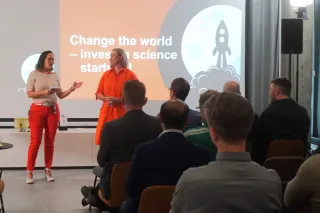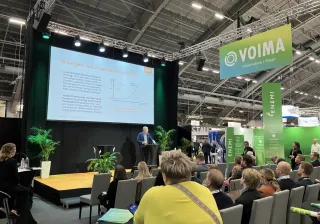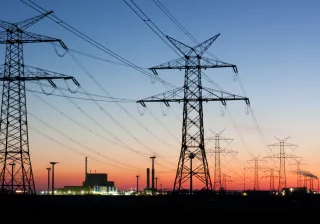Curbing climate change to a sustainable level requires drastic changes in society. The world energy consumption, of which 80 per cent is currently generated using fossil energy sources, must transition almost entirely to using low emission energy sources over the next decades. Low emission energy sources include nuclear energy and various renewable energy sources. At present, half of Europe’s low emission electricity is produced with nuclear power. The small modular reactors under development represent a new way of thinking about nuclear energy. They are aimed at utilising new innovative solutions and serial production as well as expanding the opportunities to use nuclear power in new applications, such as district heat production and process heat.
VTT Technical Research Centre of Finland Ltd is coordinating the ELSMOR research project (Towards European Licensing of Small Modular Reactors), which has received approval for grant agreement preparations under the European Union’s Horizon 2020 research and innovation programme. ELSMOR aims to contribute to the spreading of small modular reactors (SMR) in Europe through research aiming to identify and remove any obstacles hindering the deployment of SMRs. Another Finnish participant in the project is Fortum, whose role is to ensure that the stakeholders are identified and their needs met.
“Small modular reactors based on light-water technology are already in the licensing phase in the United States and in China, and many other countries have also started developing light-water reactor (LWR) concepts,” says Ville Tulkki, the project’s coordinator at VTT. “Europe also views SMRs as part of the future collection of means to curb climate change.”
Besides enabling new applications of nuclear power, SMRs will potentially make it easier to achieve the high level of safety that society is demanding for nuclear power use. The safety systems of SMRs are often based on what are known as passive safety features, meaning that they are powered by inherent processes such as the gravitational force. This results in low driving forces for the flow, making their realistic modelling challenging.
ELSMOR is developing systematic methods for the safety assurance of new and innovative reactors. The project also aims to demonstrate that European experimental infrastructures and modelling tools are ready for use in the assurance of safety of SMRs with passive safety systems.
“SMRs provide an effective tool for combating climate change. This project is an important step for the development of the nuclear power sector as a whole and for the future of SMRs,” says Antti Rantakaulio, project leader of the SMR research project at Fortum.
Scheduled to be launched in the summer of 2019, a total of 15 organisations from 8 countries will participate in ELSMOR, to which the EU has granted EUR 3.5 million. The consortium consists of support organisations of European authorities, universities, power companies, and some of the developers of a French SMR design.
Alongside ELSMOR, VTT is working on a national business ecosystem around the heating applications of SMRs. The aim of EcoSMR is to bring together Finnish actors, ranging from equipment suppliers to heat users, to help find new solutions for severing the link between CO2 emissions and the heating needs of the industry and cities.






